Highlighting Types of Renewable Energy
As the detrimental effects of carbon emissions from our energy consumption become increasingly evident, nations, organizations, and communities must urgently seek ways to reduce these emissions and transition to renewable energy. For instance, the US and UK have set targets to achieve net zero by 2050, underscoring the necessity of implementing a power supply from renewable sources.
Renewable energy is any form of energy derived from natural sources. It can also be replenished faster than it’s being used. This means it is naturally generated, naturally replenished, and will not run out even a thousand years from now. They usually have a low- or zero-carbon footprint.
There are several types of renewable energy, but in this article, we will focus on the five major types: solar, wind, biomass, hydropower, and geothermal. These renewable energy sources are crucial in the race to end climate change. Although it is not as popular as the rest, hydropower is the largest renewable energy source, followed by wind and solar.
Despite often being overshadowed, hydropower is the leading renewable electricity source, followed by wind and solar. In a significant milestone, all the major renewable energy sources combined accounted for approximately 28% of global electricity generation in 2021. Wind and solar, in particular, broke the 10% share barrier for the first time, underscoring their growing importance in our energy mix.

The table above demonstrate the global electricity generation in 2021.
Solar Power: Harnessing the Sun’s Energy for a Brighter Future
Sunlight is one of the most readily available energy sources on this planet. The solar energy reaching the earth’s surface in one year exceeds the planet’s annual energy requirements. A solar panel produces electricity by capturing sunlight or electromagnetic radiation in a combined physical and chemical reaction known as the “photovoltaic effect” (PV).
A photovoltaic (PV) solar cell contains a semiconductor water, which forms an electric field when it is positive on one side and negative on the other. The semiconductor absorbs sunlight and converts it into electrons when it hits the cell. The electric field captures these electrons in the form of an electric current.
The semiconductor material and external facts, such as heat, dirt, and shade, determine a solar system’s ability to generate electricity.
Solar power is vital in mitigating climate change by significantly reducing greenhouse gas emissions. According to the Solar Energy Industries Association (SEIA), adopting solar energy in the United States alone has helped offset over 86 million metric tons of CO2 emissions annually. Solar power is a fundamental component of the transition to sustainable energy. We can achieve a brighter and cleaner future by fully utilizing solar energy’s potential.
Wind Power: Riding the Breeze Towards a Sustainable Energy Future
Wind power is the largest renewable electricity producer in the UK and the US. Wind turbine blades are spun to produce power in both onshore and offshore wind farms. Through the rotation of a drive shaft and gearbox coupled to a generator, the turbines transform the kinetic energy of the spinning blades into electric energy.
Wind turbine blades are spun to produce power in both onshore and offshore wind farms. Through the rotation of a drive shaft and gearbox coupled to a generator, the turbines transform the kinetic energy of the spinning blades into electric energy. The electricity is then raised in voltage and added to the national grid. Various devices are used to convert wind energy, ranging from single wind turbines to commercial-grade wind generators.
Hydropower: Tapping into the Power of Moving Water for Clean Energy
Hydropower is one of the most commercially developed renewable energy sources. Like wind turbines, hydropower plants channel the kinetic energy of flowing water into electricity using a turbine generator. We can also build a dam or barrier. This large reservoir can produce a regulated water flow that will power a turbine and produce electricity. Compared to solar and wind power, this energy source is frequently more dependable (mainly if it’s tidal rather than river).
Hydropower plants are typically located close to bodies of water and modify the water flow by building diversion structures such as dams. The volume and elevation changes or head of the flowing water determine how much power is generated. More significant water volumes and higher heads produce more energy and electricity, and vice versa.
Geothermal Energy: Channeling the Earth’s Heat for Renewable Power
Geothermal resources are underground water reservoirs that boil due to heat from the earth’s core, which is the source of geothermal energy.
In most cases, geothermal plants use wells to extract hot water from geothermal resources and turn it into steam for a turbine generator. It is a renewable energy source since the removed steam and water can be reinjected.
Geothermal energy can produce power or be utilized directly for home heating. Even though geothermal energy is used from the earth, it is relatively small in nations like the UK compared to nations like Iceland, where geothermal heat is considerably more readily available.
Biomass Energy: Powering Our Future with Sustainable Organic Materials
Energy from biomass or bioenergy has probably been used for heat ever since our ancestors learned to build fires. Biomass comprises organic materials like wood, dry leaves, and agricultural waste that are usually burned but considered renewable because they can be
regrown or replenished. Burning biomass creates high-pressure steam in a boiler, which turns a turbine generator to generate energy.
Additionally, biomass is transformed into gaseous or liquid fuels for transportation. Emissions from biomass, however, differ depending on the material burned and are frequently more than those from other clean sources.
Biomass produces power at far lower costs to the environment and the economy by converting waste from homes, businesses, and farms into solid, liquid, and petrol fuel.
Reference
https://www.visualcapitalist.com/what-are-the-five-major-types-of-renewable-energy
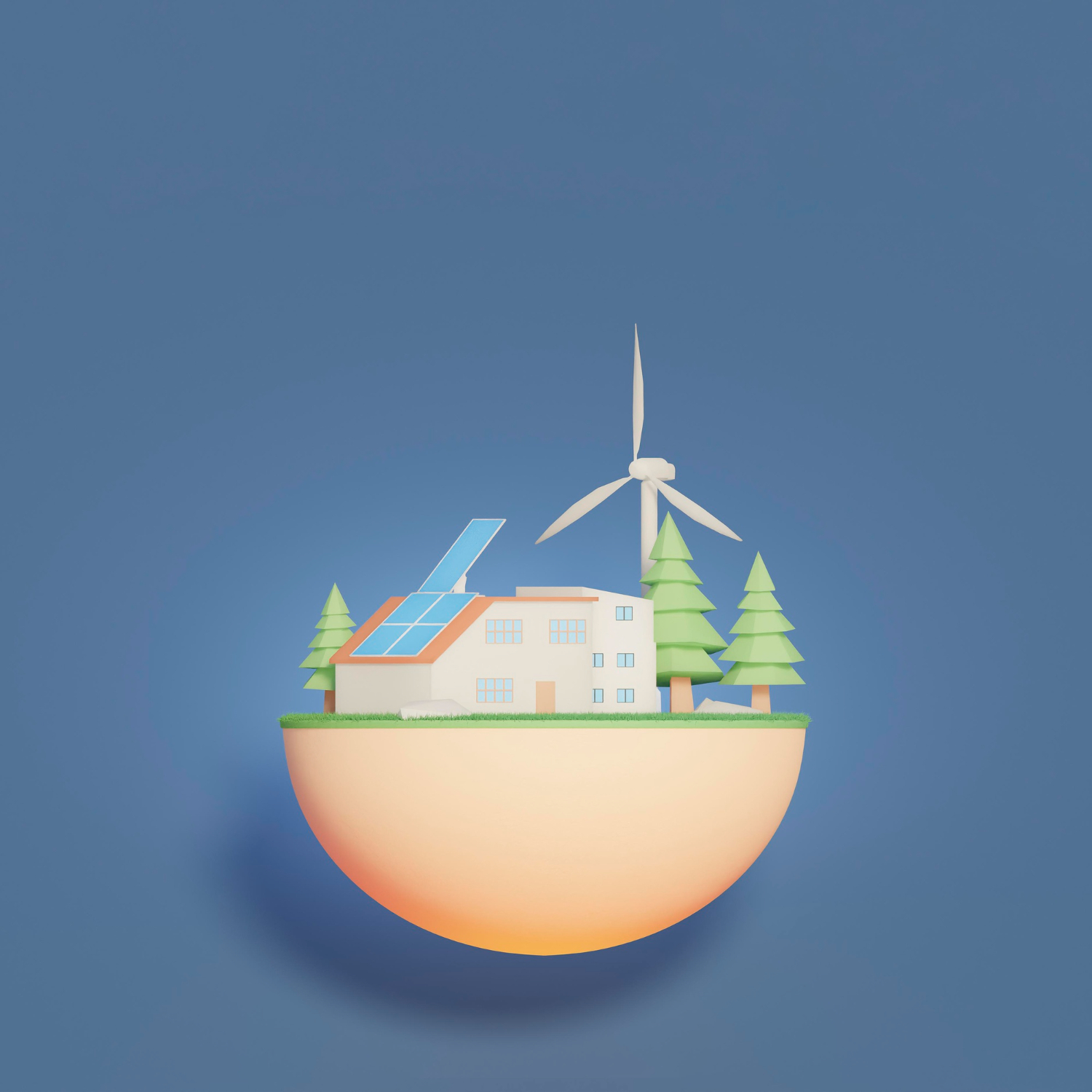

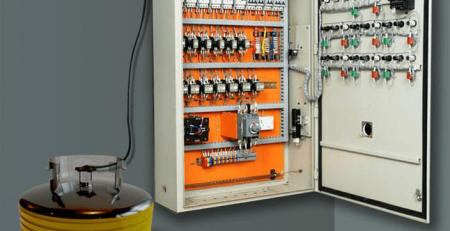
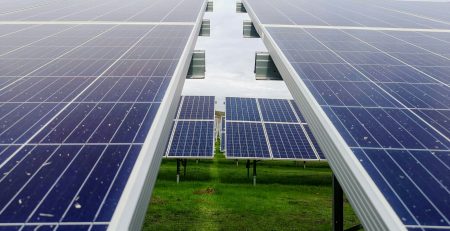
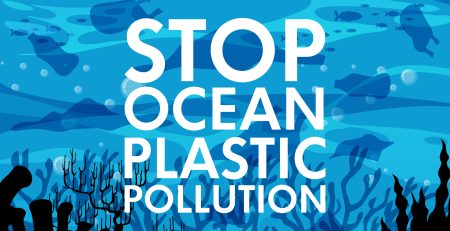
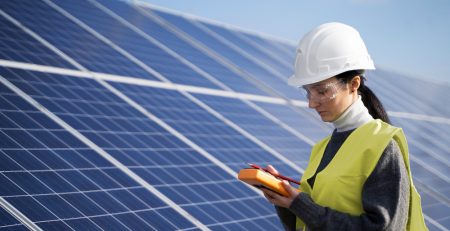
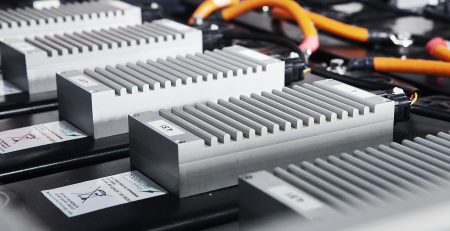
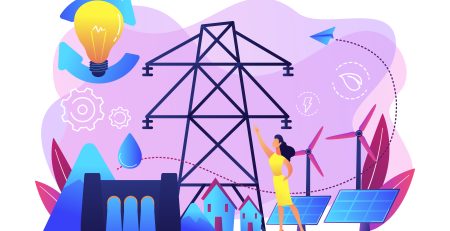
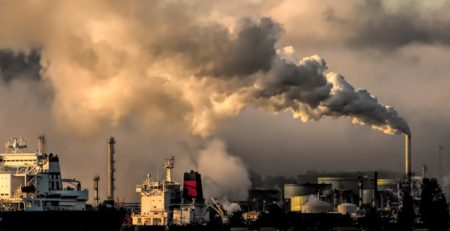
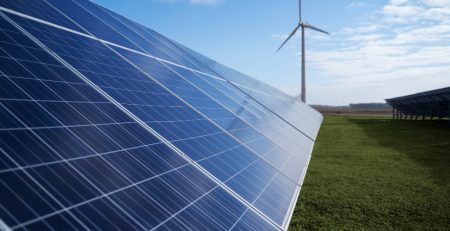
Leave a Reply